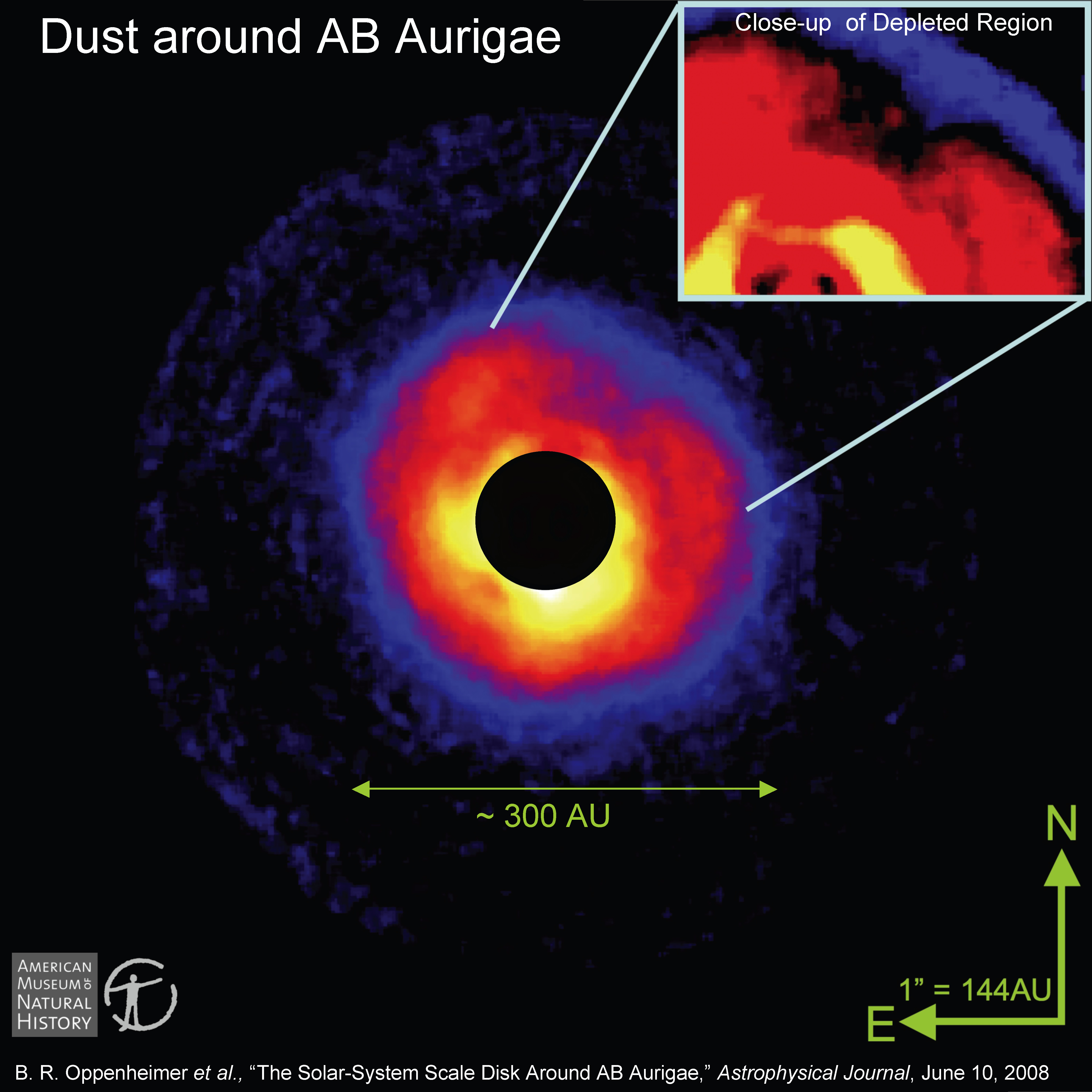

 |
 |
|
Modern astronomical instruments have made images of things that were unimaginable less than a century ago: galaxies as they appeared when the universe was very young; the Milky Way in various wavelengths of light; gravitational lenses that demonstrate esoteric, but significant, aspects of our physical understanding of the universe. Despite all this power to see strange parts of the universe, parts so unlike where we work, eat, walk, and read, we have yet to see another world like our own. We have significant and solid evidence that planets exist in orbit about stars other than our Sun, but this evidence comes from extremely precise measurements of those stars, not the planets themselves. Why, if we can see incomprehensibly large distances in space and time, past countless stars and billions of galaxies, can we not see what is, in astronomical terms, just down the street, in orbit about the nearest star? The answer is that stars emit so much light that they drown out anything right next to them that is substantially fainter, such as their planets and disks of orbiting dust. In order to see these so-called "exoplanets" one must get rid of the starlight. The Lyot Project, involving scientists from around the United States with varied backgrounds, is an attempt to build an instrument that can remove more of the starlight from images of nearby solar systems than has ever before been possible. We intend to map regions comparable to the size of our own solar system around the nearest and brightest stars. Our work will also help to understand and break the barrier that has prevented the direct imaging of planets in orbit about other stars. We also hope to see nascent planetary systems, which may reveal precious clues about how planets and solar systems form. Latest ResultsClick HereDust Disk around AB Aurigae 
Publications of the Lyot ProjectThe Lyot Project's scientists have published 19 refereed scientific papaers, 4 SPIE papers and 22 conference proceedings papers as of December 2007. The full list of these papers is available by clicking on this sentence.
AcknowledgementsThe Lyot Project is supported by the National Science Foundation, the US Air Force Office of Scientific Research, Detachment 15 of the Air Force Research Laboratory, The National Aeronautics and Space Administration's Michelson Fellowship Program, as well as the generous contributions of the Museum's patrons and visitors. We are particularly grateful to the Cordelia Corporation, Hillary and Ethel Lipsitz, the Vincent Astor Fund, and Judy Vale for their generous support for the project. |
If the format of any material on this website interferes with your ability to access that material, please contact us at [email protected]. |